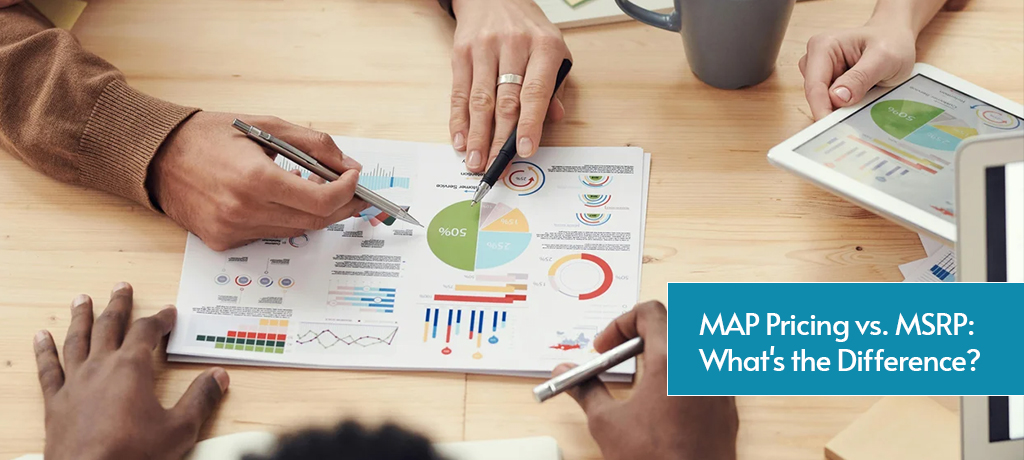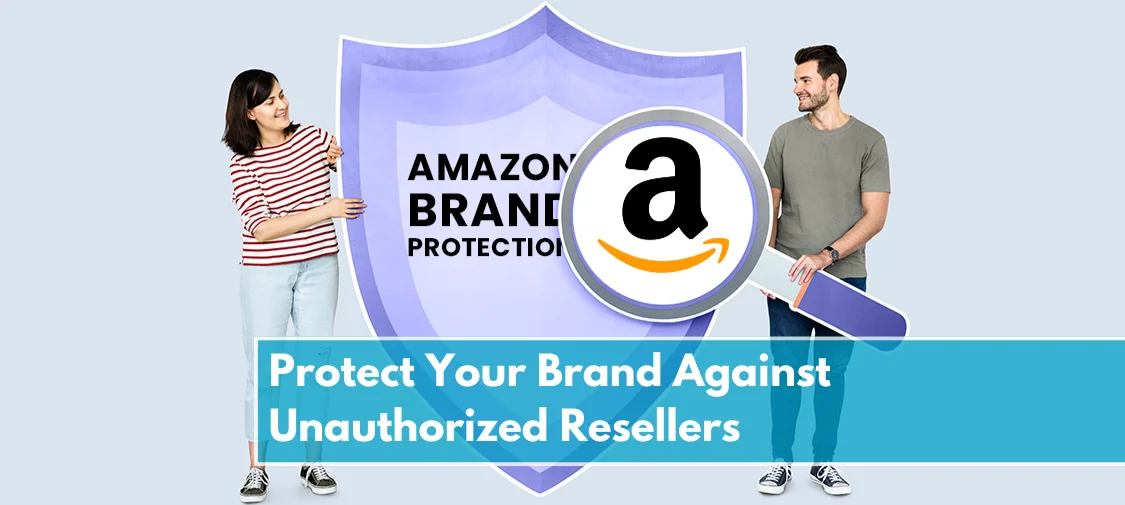Amazon
MAP Pricing vs. MSRP: What’s the Difference?
Pricing strategies play a crucial role in the success of any Amazon brand. Two common terms that often confuse sellers and retailers alike are MAP (Minimum Advertised Price) and MSRP (Manufacturer’s Suggested Retail Price). While they may seem similar, they serve distinct purposes and have unique implications for businesses.
In this blog, we will explore the differences between MAP pricing and MSRP, their importance for sellers operating their ecommerce store via Seller Central, and how to use them effectively.
What Is MAP Pricing?
MAP, or Minimum Advertised Price, is a policy set by manufacturers to establish the lowest price at which a product can be advertised. It’s not the actual selling price but rather the advertised one, ensuring price consistency across retailers.
Key Features of MAP Pricing
- Advertising Control: Retailers can sell below the MAP but cannot publicly advertise the product below this price.
- Brand Protection: Maintains a product’s perceived value by avoiding aggressive price wars among sellers.
Enforcement: Manufacturers typically monitor compliance using tools and audits.

Refer to Federal Trade Commission – Advertising and Pricing Laws
Why MAP Pricing Matters for Amazon Sellers
MAP policies ensure that:
- Sellers compete on service and value rather than engaging in price wars.
- Brand equity and profitability are preserved.
- Customers perceive consistent value, which fosters trust.

What Is MSRP?
MSRP, or Manufacturer’s Suggested Retail Price, is the price manufacturers recommend retailers charge for a product. Unlike MAP, MSRP is a suggestion and not legally enforceable.
Key Features of MSRP
- Pricing Guidance: Provides a baseline for retailers to set their pricing.
- Market Positioning: Helps establish the product’s value in the eyes of consumers.
- Flexibility: Retailers can choose to price products above or below the MSRP.

Why MSRP Is Important for Amazon Sellers
For Amazon sellers, MSRP:
- Acts as a reference point to justify discounts and promotions.
- Enhances the perceived value of products by showing potential savings.
- Helps in positioning products competitively without undercutting profitability.

MAP vs. MSRP: Key Differences
Understanding the differences between MAP and MSRP is essential for successful pricing strategies.
| MAP Pricing | MSRP |
| Minimum Advertised Price | Manufacturer’s Suggested Retail Price |
| Protects brand value, prevents price wars | Provides pricing guidance |
| Legally enforceable for advertising | Non-binding suggestion |
| Advertised prices must comply | Retailers have pricing freedom |
| Brand protection | Market positioning |

How to Leverage MAP and MSRP Effectively
For established brands and Amazon retailers, understanding and applying MAP and MSRP policies can significantly impact sales and profitability.
Tips for Implementing MAP Pricing
- Communicate Clearly: Ensure all retailers understand your MAP policy.
- Monitor Regularly: Use tools to track compliance and report violations promptly.
- Educate Partners: Provide resources to help retailers adhere to MAP guidelines.
Strategies for Using MSRP
- Highlight Savings: Use MSRP in listings to emphasize discounts.
- Create Promotions: Offer temporary price reductions below MSRP to drive sales.
- Optimize Pricing: Regularly evaluate MSRP against market trends to ensure competitiveness.

Challenges and Solutions
MAP Pricing Challenges
- Enforcement Issues: Monitoring compliance across multiple platforms can be resource-intensive.
- Retailer Pushback: Retailers may resist MAP policies, citing reduced flexibility.
Solution: Use AI-powered monitoring tools, like PriceFX, to streamline compliance tracking and automate reporting of violations.
MSRP Challenges
- Market Perception: Overpricing can deter buyers, while underpricing can devalue the product.
- Dynamic Pricing: Constantly fluctuating market conditions can render MSRP irrelevant.
Solution: Regularly adjust MSRP based on sales data, customer feedback, and competitor analysis.
Why MAP and MSRP Are Essential for Amazon Success
For Amazon sellers, MAP and MSRP are more than pricing tools—they are strategies to maintain profitability, protect brand reputation, and enhance customer trust.
- Protecting Margins: MAP prevents undercutting, ensuring sellers maintain healthy margins.
- Enhancing Perception: MSRP highlights value, influencing buyers’ purchasing decisions.
- Building Trust: Consistent pricing fosters loyalty and reduces confusion among customers.
Conclusion
Understanding MAP pricing and MSRP is crucial for maintaining profitability and brand reputation on Amazon. While MAP ensures price consistency, MSRP enhances perceived value. By leveraging these strategies effectively, Amazon sellers can position their brands for long-term success.
Ready to optimize your pricing strategy? Partner with Prime Retail Solutions for expert guidance tailored to your Amazon business.Contact us today and let’s achieve success together!t guidance tailored to your Amazon business.Contact us today and let’s achieve success together!
Share





